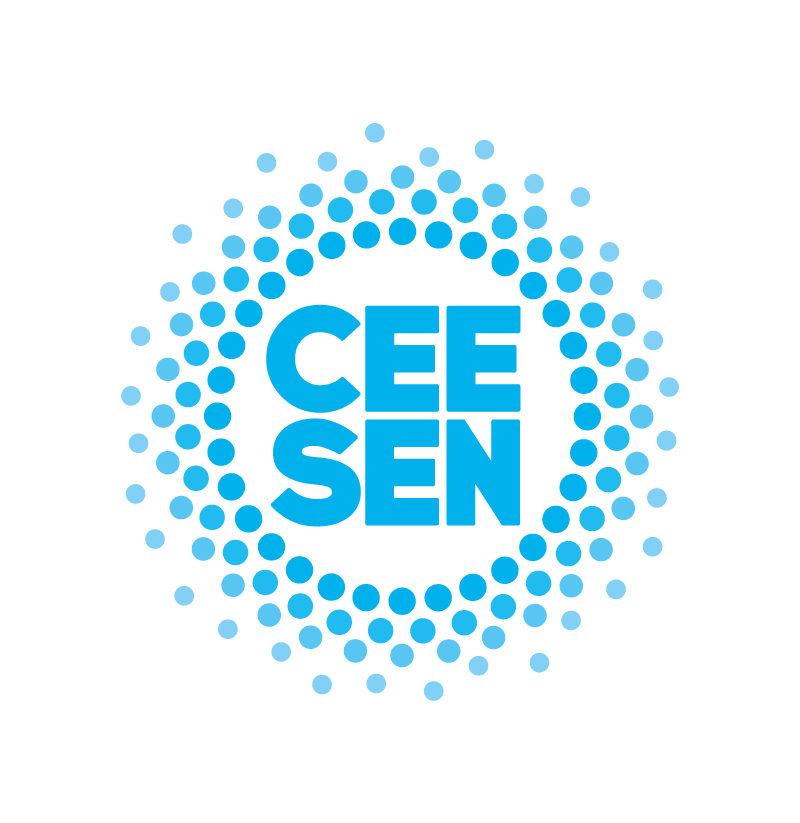Not only the high-end, revolutionizing technology and complex solutions are needed in order to resolve many of the pressuring environmental issues that are haunting our society nowadays. Luckily some of the inventions have a chance, thanks to their character and essence, to be implemented into reality in shorter period and quite successfully. A new way could be represented by the improvement of existing technologies and materials. This kind of approach is represented by the Swedish company Skanska which operates within concrete production sector, especially around development of new concrete solutions that can be used in the construction sector.
In accordance with IAE’s analysis in 2022 the construction sector was responsible of 40% annual global CO2 emissions with consequences on climate change and people’s health. The objective of the company is to replace some components of concrete, with wastes like fly ash from power plants or wastes form steel production, realizing five different new classes of concrete. The new concrete product can be implemented in constructions of garages, joists, walls, fast-drying concrete, and general construction. Thanks to its more efficient design and modularization features these new products could contribute to the reduction of green-houses emission within this sector.
One of the proposed new concrete is the REBETONG which has great insulation properties and lower energy consumption in the implementation phase. These qualities, obtained thanks to the replacement of aggregates, are lied whit a less demolition and less use off natural resources with also limited costs for materials and shipping, which result in a final 10% reduction in emissions.
A next product worth to mention, implemented in the structure of the Generation Park office of Warsaw in 2018, is named TioCem®. The union of titanium oxide and solar rays cause a photocatalytic reaction resulting in a neutralization of harmful air compounds and dirty covering the surfaces of the same structures. The photocatalytic process contributes to the air quality improvement in the area.
These two examples mentioned above are both capable to reduce concrete presence and emissions up to 50% maintaining at the same time durability, strength and workability. These new materials, lied to the usage of 3D printers, can also avoid complicated logistic plan, reducing general costs, construction time and are also able to implement the strongest material (graphene) and state as great replicable solutions for a fundamental sector.
